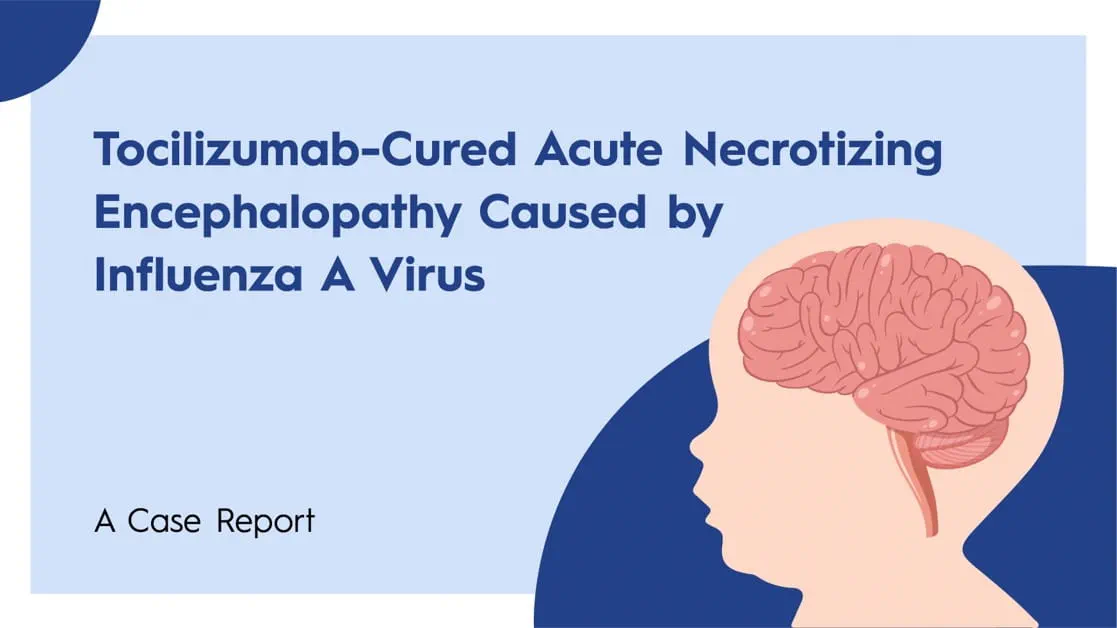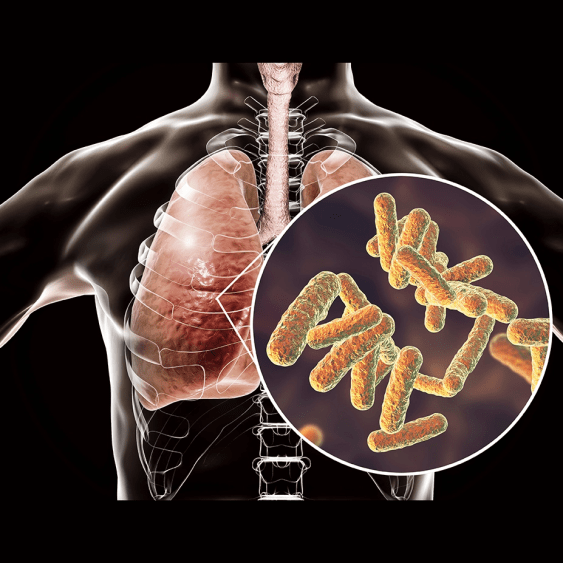The Role of Genomics in Understanding Vaccine-Induced Evolution of Pathogens – the Pneumococcus Paradigm
Speaker: Nicholas Croucher, United Kingdom
Introduction:
Dr. Croucher explored how genomic tools help track the evolution of Streptococcus pneumoniae under vaccine pressure, using pneumococcal conjugate vaccines (PCVs) as a paradigm. He emphasized how vaccination disrupts pneumococcal populations, triggering replacement with non-vaccine serotypes, and how genomics helps predict and model these changes.
Pneumococcal Burden and Isolate Sources:
High disease burden in children under five and the elderly.
Two main isolate sources:
- Nasopharyngeal carriage: Common in children; site of competition and gene exchange.
- Invasive disease: Yields pure cultures from sterile sites (blood/CSF); typically encapsulated strains.
Understanding Pneumococcal Genomics:
- A pneumococcal genome includes:
- ~2,000 genes per isolate.
- Core genome: ~1,500 genes shared across all isolates.
- Accessory genome: Intermediate frequency genes (5–95%) underpin phenotypic diversity.
- Capsule type determined by the CPS (capsule polysaccharide synthesis) locus.
- Resistance traits encoded either via mobile genetic elements or modifications in housekeeping genes.
Population Structure and Strain Typing:
- Developed PopPUNK to cluster genomes by sequence and gene content.
- 40,000 isolates classified into ~1,100 Global Pneumococcal Sequence Clusters (GPSCs).
- Phylogenetics is used to:
- Identify recombination hotspots (e.g., CPS locus—serotype switching).
- Trace transmission (children to adults and vice versa).
Disease Association and Invasiveness Modelling:
Strains show wide variation in invasiveness:
- Serotype 1: 1 IPD case per 100 carriers/year.
- Serotype 11A: 1 IPD case per 10,000 carriers/year.
Most differences attributed to serotype, but genetic background can modulate invasiveness, especially for moderately invasive types.
Impact and Dynamics of Conjugate Vaccines:
- PCVs reduce mucosal carriage of vaccine serotypes, but:
- Cause serotype replacement rather than elimination.
- Lead to shifts in carriage and disease patterns.
- UK example:
- PCV7 (2006) and PCV13 (2010) reduced vaccine serotype disease.
- Non-vaccine serotypes increased, particularly in adults, offsetting pediatric gains.
Gene Frequency and Ecological Equilibrium:
Intermediate-frequency genes tend to return to a stable equilibrium frequency due to negative frequency-dependent selection (NFDS). Even with global strain diversity, gene frequencies were consistent across populations. Suggests evolution is constrained by gene-level selection pressures.
Simulations and Vaccine Modelling:
Simulations assessed the impact of PCV7 and PCV13 on serotype and strain dynamics.
Key observations:
- Vaccine-targeted serotypes declined rapidly.
- Non-vaccine types expanded non-uniformly.
- Rare or previously unobserved strains filled ecological niches post-vaccine.
Serotype Switching: Pre-existing, Not Adaptive
- Contrary to earlier assumptions, serotype switches predated vaccine introduction.
- Vaccines did not drive new recombination; they selected pre-existing non-vaccine serotypes.
- Reinforces the value of genomics for retrospective timing and tracking of evolutionary events.
Designing Optimized Vaccines:
- Simulation approach:
- Start with local carriage and disease data.
- Apply invasiveness models.
- Define an objective (e.g., minimize IPD, MDR disease).
- Test multiple vaccine formulations in silico.
- Found that 15- and 20-valent vaccines offer more benefit, but with diminishing returns.
- Proposed dual-strategy vaccines:
- Infant-targeted PCVs for herd protection.
- Adult-targeted PCVs addressing non-overlapping serotypes.
Global and Demographic Considerations:
- Geographic diversity: Pneumococcal populations differ significantly across countries.
- Post-PCV13 divergence: Even high-income countries are seeing divergent serotype trends.
- Age-specific strategies:
- High-invasiveness, low-carriage serotypes → target with infant vaccines.
- High-carriage, moderate-invasiveness serotypes → target with adult vaccines.
Conclusion:
- Genomics enables powerful cross-border surveillance and predictive modelling.
- Supports rational, tailored vaccine design strategies.
- Call to action: Start or expand genomic surveillance now to inform future PCV decisions.
Accelerated Vaccine Delivery using Platforms Approaches and Technology-Based Immunogen Design: CEPI’s ‘100 Days Mission’
Speaker: Jakob Cramer, Germany
Introduction and CEPI Background:
Jacob Kramer was introduced as a representative of CEPI (Coalition for Epidemic Preparedness Innovations), founded in 2017 at the World Economic Forum in Davos. CEPI arose in direct response to the 2014–2016 West African Ebola outbreak, where promising vaccines existed in preclinical stages but were never advanced to licensure. CEPI’s mission is to overcome this market failure by funding and facilitating vaccine development for outbreak pathogens, with particular emphasis on low- and middle-income countries.
Defining Vaccine Goals in an Outbreak:
- Any vaccine can target one or more clinical endpoints:
- Death (rare but unambiguous; impractical to power trials solely on this).
- Infection (very frequent but often asymptomatic, making repeated testing in large cohorts logistically and statistically challenging).
- Disease (symptomatic illness; most directly tied to public health burden).
- To shorten or blunt an epidemic curve, vaccines must reduce infection and transmission; however, vaccine efficacy typically skews highest against severe disease, and may offer less protection against mild/asymptomatic infection—especially as variants emerge.
- Clear communication around what a vaccine “efficacy” number refers to (infection vs. disease vs. hospitalization) is crucial. Early COVID-19 trials showed ~94–95 percent efficacy against moderate-to-severe disease, but people still tested positive asymptomatically, leading to confusion.
- WHO’s original April 2020 Target Product Profile asked for ≥70 percent efficacy without specifying whether that meant against infection or disease; in April 2022, it was clarified that the goal is efficacy against clinical disease.
“Disease X” and the Rationale for a 100 Days Mission
“Disease X” is WHO’s placeholder for a future epidemic caused by a pathogen not yet known to infect humans. In practice, such an outbreak is very likely to be a variant or close relative of a known virus (e.g., SARS-CoV-3, evolving influenza). Seasonal influenza vaccines already undergo an annual ~100-day cycle from strain selection to distribution—without fresh large-scale efficacy trials—because the platform and correlates are well understood. CEPI’s 100 Days Mission aims to replicate (and accelerate) that paradigm for high-priority outbreak pathogens: have a new candidate vaccine ready for regulatory consideration within 100 days of Day One of an emerging epidemic.
Vaccine Development Timelines and Acceleration:
- Under conventional timelines, vaccinology—from preclinical research to licensure—can take anywhere from 5 to 15 years: sequential preclinical stages, phase 1, 2, and 3 trials, then dossier preparation and regulatory review.
- During COVID-19, rapid mRNA vaccine development reached Emergency Use Authorization in under a year—not by cutting corners, but via:
- Parallel manufacturing at scale even before phase 3 data;
- Rolling regulatory reviews, with agencies evaluating data as it emerged;
- Global collaboration among developers, funders, and regulators.
- CEPI analysed all global COVID-19 candidates and found the fastest conventional development “firewall” was roughly 250 days. The 100 Days Mission targets less than half that by ensuring bench-to-clinic groundwork is substantially completed in advance.
Evidence Generation and Clinical Trial Preparedness:
- Vaccine Efficacy: For common diseases (e.g., seasonal influenza), high incidence allows conventional phase 3 efficacy trials. For rare or sporadic pathogens (e.g., Japanese encephalitis, rabies), placebo‐controlled efficacy trials are often impractical; instead, licensure relies on animal challenge data plus immunobridging to human antibody correlates.
- Vaccine Safety: True safety assessment (detecting rare adverse events <1/1,000) requires large databases (~3,000 subjects establishes ~1/1,000 detection power; detecting 1/1,000,000 events needs millions vaccinated). Initial clinical trials typically can only measure reactogenicity and common mild‐moderate adverse events—comprehensive safety surveillance relies on post‐licensure pharmacovigilance (VAERS, active surveillance in sentinel sites).
- Correlates of Protection: Ideally, clinical efficacy trials establish immunological correlates (e.g., neutralizing antibody titers) that can be used to immunobridge second-generation vaccines or dose adjustments in children, pregnant women, and immunocompromised populations. However, in a fast-moving outbreak, clinical‐endpoint trials may not be feasible, so pre-established correlates (from prototype or related vaccines) are vital.
- Clinical Trial Infrastructure: CEPI invests in “trial-ready” networks (sites, laboratories, cold-chains, data systems) and pre‐approved (“mock up”) protocols so that, on Day One of an outbreak, sites can pivot immediately to the new pathogen—conducting safety/immunogenicity studies in healthy volunteers, or, if incidence is high enough, rapid phase 3 efficacy trials.
- Outbreak vs. Peacetime Studies: Outbreaks offer the opportunity to collect real-world data on case definitions, diagnostics, and efficacy against disease; but small, localized outbreaks (e.g., Ebola in DRC or Marburg in Rwanda) demand minimal clinical-trial footprint to avoid diverting public health resources. Therefore:
- Pre-outbreak (Interepidemic) Activities: Phase 1 safety, immunogenicity, dose finding, and assay optimization.
- Peri-outbreak Activities: Rapid efficacy evaluation (case-based cohorts, ring vaccination designs), post-licensure safety monitoring, diagnostic validation, and evaluation of correlates in affected populations.
Special Populations Considerations:
Although children are often studied later in the vaccine development pathway (with initial efficacy trials conducted in adults ≥ 18 years), CEPI recognizes that many outbreak pathogens disproportionately affect or behave differently in children. Ideally, immunogenicity and dose‐finding in pediatric cohorts (as young as 6 months if relevant) should be conducted during peacetime, using immunobridging to established adult correlates (when available).
Likewise, pregnant women, immunocompromised individuals, and the elderly may have unique safety and immunogenicity profiles; pre-planning is essential to avoid delaying recommendations for these groups once an outbreak begins.
Pathogen Portfolio and Scenario Planning:
CEPI currently invests in vaccine candidates (or prototypes) for high-risk pathogens listed on WHO’s Blueprint or priority list:
- Arenaviruses: Lassa fever (West Africa), Guanarito (Venezuela), Junín (Argentina)
- Paramyxoviruses: Nipah (Bangladesh, India), HeV (Australia), measles as a model
- Filoviruses: Ebola (DR Congo, West Africa), Marburg (Equatorial Africa)
- Orthopoxviruses: Mpox (global returns), smallpox as a historical comparator
- Coronaviruses: SARS-CoV-1/2 (broad “pan-betacoronavirus” approaches), MERS (Middle East)
- Alphaviruses: Chikungunya (Asia, Africa), Mayaro (Latin America)
- Flaviviruses: Dengue, Zika, Yellow Fever (prototype antigen design informed by existing licensed vaccines)
ESPID 2025, 26-30 May, Bucharest




